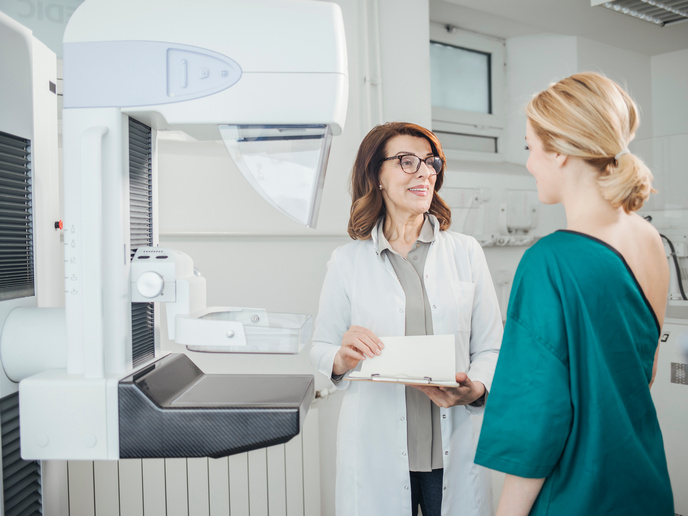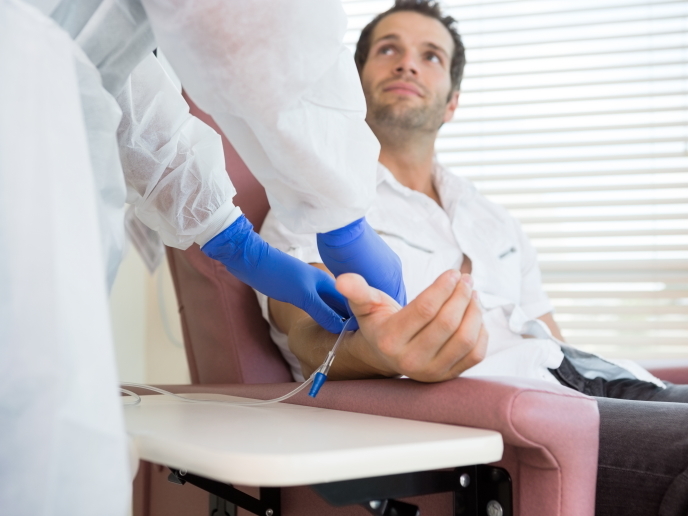Micro robots in the gut could detect early signs of colon cancer
According to Digestive Cancers Europe(opens in new window), bowel cancer is the second deadliest cancer. Survival rates vary across European countries due to national healthcare approaches and locally provided treatment strategies. Although early cancer detection can significantly improve patients’ outcomes, most of the patients are detected at a late stage. If more patients were to be diagnosed at an early stage (from the current 13 % to 50 %), 130 000 more lives could be saved per year and more than EUR 3 billion in related costs saved. To facilitate early diagnosis, OMEGA, an EU-supported project, is working on the development of a novel way to interpret potentially life-saving data that comes from dynamic, micro robots passing through the gut. “The robot is still at the stage of prototype testing in an ex vivo laboratory environment. OMEGA was dedicated to developing the new numerical techniques to interpret the data,” explains Yang Liu(opens in new window), associate professor in Dynamics and Control at the University of Exeter(opens in new window) in the United Kingdom.
Analysing the dynamic response of micro robots in the gut
The robot contains a magnet that can be vibrated under an alternating electromagnetic field provided by an external coil panel outside of the patient’s body. A clinician can use the panel to direct the robot remotely travelling from the patient’s rectum to the cecum for examination. In moving through the mucous membranes of the lower intestine, the robot’s movements will alter if it encounters lesions, as resistance causes the robot’s motion to alter. The robot is driven by its vibrations, and this vibration pattern changes when it encounters something different, such as a lesion. By highlighting even the smallest lesions(opens in new window), the robot can alert healthcare professionals to the earliest signs of cell abnormality. Yang worked on training AI to recognise the causes behind the robot’s movements. “The robot’s dynamical responses passing through normal and abnormal mucosa are totally different. We used displacement and acceleration sensors for data collection, and developed numerical techniques to identify these differences, so predicting what type of lesion (i.e. malignant or benign) the robot might cross,” explains Yang. “We can understand this behaviour change as a change in pattern. For example, its dynamical response could be 010101… when it goes through a smooth mucosa, while it becomes 011011… when it encounters a lesion. The system we are designing would recognise the change and be able to predict the cause,” he adds.
Designing micro robots for early diagnosis of bowel cancer
The project has established that there are recognisable responses to abnormalities, and that those abnormalities can – to some extent – be classified. This has been set out in numerous papers such as: ‘Dynamics of a self-propelled capsule robot in contact with different folds in the small intestine’(opens in new window) published in ‘Communications in Nonlinear Science and Numerical Simulation’, and doi.org/10.1016/j.jsv.2024.118270 (‘Nonlinear characteristics identification of an impact oscillator with a one-sided elastic constraint’) published in the ‘Journal of Sound and Vibration’. Now the team is working on the development of an integrated prototype of this vibrational robot to detect colonic polyps and early bowel cancer with the financial support of the Medical Research Council(opens in new window) in the United Kingdom. “I’m thrilled with the ground we have covered so far, which the support of the Marie Skłodowska-Curie Actions(opens in new window) programme facilitated. I am enthusiastic about how we can utilise robots for early detection. We have established numerical techniques to interpret a robot’s behaviour; now we need to implement this in real life,” Yang says.







